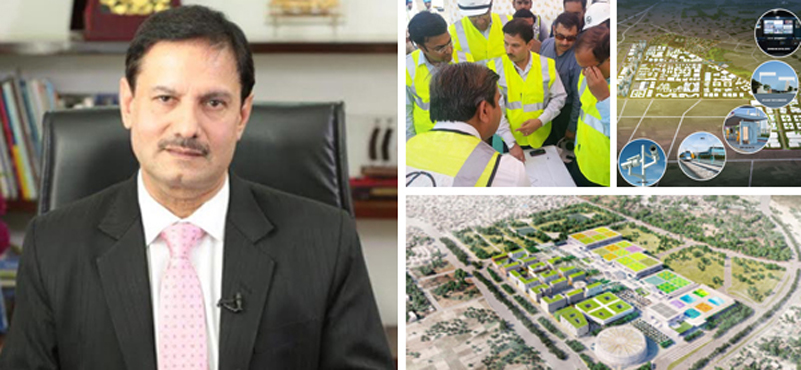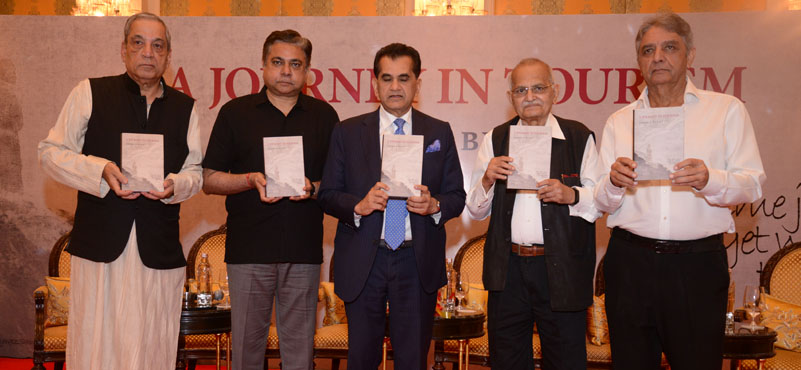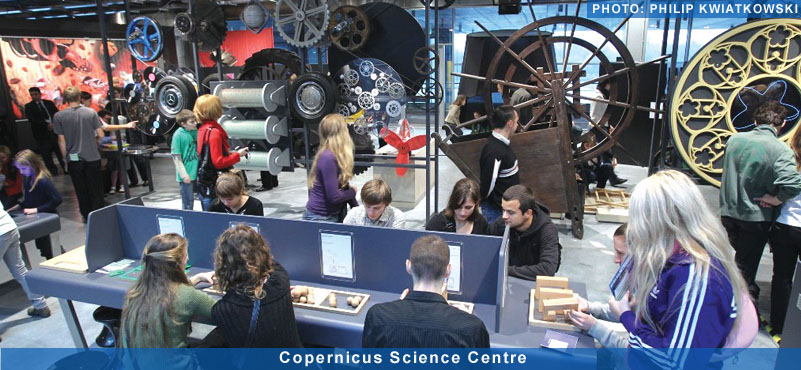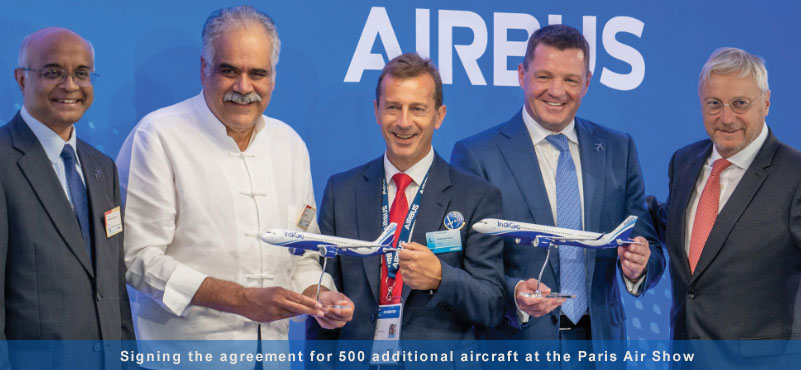A mammoth and unprecedented undertaking, DMIC project will have a multiplier effect on driving employment, movement of goods and services, and muscling up connectivity, ultimately benefitting travel and tourism, suggests Alkesh Sharma, CEO and Managing Director, DMICDC. He shares that several investors, domestic and international have already invested substantial sums and work on key assets such as airports and logistics hubs are well underway. Excerpts from a detailed and exclusive interaction at his office:
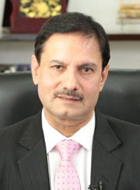
CEO and Managing Director, DMICDC
In terms of scope and extent of it, it is arguably India’s biggest infrastructural undertaking and will impact a large part and populace of the country. What are some of the big takeaways? How will it be a game-changer?
DMIC is one of the many corridors that we are developing but DMIC was the first of them. It is one of the largest infrastructural development projects. We will be creating world-class, SMART industrial townships. These digital cities will have world-class infrastructure, in terms of roads and services, water supply systems, electricity, sewage treatment plant (STP), waste management and sustainability, among others. Anything you talk about the city has to be SMART. It is with this objective that the project was conceived.
The project also had multiple outcomes which will be realised. One is that we are setting up SMART industrial cities. So, it will be SMART manufacturing. These are cities, so it will, to some extent, address the issue of urbanisation. India is urbanising, and it is one of the fastest urbanising countries in the world. We will have almost 700-800 million people living in the cities in the next 20-25 years. There are only two options: either they come in the existing cities, or the other option is that we create new cities for them. New cities that are sustainable and have all the facilities.
The second outcome of the DMIC project is that because these are manufacturing townships, it will create huge employment opportunities – primary employer is the industries, and then you have the multiplier effect.
Thirdly, because they are SMART facilities, they will be export competitive. And when export grows, GDP grows too. We have to achieve 8-10 percent GDP growth consistently. If we can consistently grow at 8-10 percent for the next 15 years, we should be able to bypass China. We must target that level of thinking.
Fourth is that since we are developing these new cities, Greenfield cities, we have the opportunity to develop them in a sustainable manner. So, when we are talking about water, we are talking about 100 percent recycling of it. When we are talking about energy, we go for energy efficient systems. Complete sustainability parameters have been followed while planning it. When we started planning these cities, we have benchmarked them against the best available global parameters.
Incidentally, DMIC is one of the very few projects that touches upon so many of PM’s pet projects, such as Make in India, Digital India, Startup India and Swachha Bharat Abhiyaan. How do you see DMIC project converging on so many of these national priorities?
It includes, yes. Talking about DMIC and five other corridors that we have taken up now, they will contribute to Make in India in a big way. Make in India is the main objective. There will be smart manufacturing and we will make in India and make for the world. We are undertaking a world-class connectivity infrastructure generation and building South Asia’s biggest logistics hubs. These logistics hubs will help bring down the cost of logistics. High logistics cost makes our products non-competitive. Very recently, the GoI has sanctioned one of our first multimodal logistics hub in Haryana.
Talking about operating these facilities, what kind of response have you elicited? Have international operators shown interest in setting up their shops?
There are two aspects to that. We are looking at international investors for the new cities that we have created. Some of the first cities which have come in, like in Aurangabad in Maharashtra, we have greenfield cities in Shendra and Bidkin. 36 manufacturing countries have already been awarded land there We have gotten the largest manufacturing company of Spandex from South Korea; they have taken land and have come up with an investment of INR 3000 crores (approx. 450 million USD). In Greater Noida, we are building one of our SMART cities. Haier, a consumer goods manufacturing company, is looking at an investment of INR 3500 crores (approx. 500 million USD).
The operator part that you are talking about is our convention and exhibition complex which is coming up in Dwarka. It is South Asia’s biggest facility. The total project cost is around INR. 26,000 crores (approx. 3.8 billion USD). We are building a huge convention facility. It is around 72,000 sq. mts. We are building exhibition halls of nearly 3,30,000 sq. mts. We are also having 13 hotels within the complex. We are having retail, office space and entertainment facilities – all that will be a part of the project. The whole complex is about 230 acres in area. It is a central business district.
How do you identify investors?
See, we go for road shows. We look at best investors who are also looking at sustainable kind of infrastructure; plug and play facility where they can smartly operate and produce best quality products. We go and conduct roadshows in many countries. We have B2B meetings. They (investors) come to India for bilateral meets. This is how the investment comes in.
For operating the convention centre and exhibition halls, we have been looking for international operators. We already have got an expression of interest from some of the leading operators, like from Singapore and PICO from Hong Kong. Also, there is GL Events, which is a France-based company, and KINTEX (Korea’s biggest exhibitions operator).
Is there a bidding process?
We have just completed the bidding process and are already in the process of finalising the operator. Within the next two weeks, we will tell you who is going to be the operator. We have three bids.
It is a three-phase project and looks at addressing the challenges in the coming fifty years. Given the nature of the project, how has the government factored in the long-gestation period and return on investments for investors?
When Bombay (now Mumbai) was developed in the olden times, or Kolkata was developed – these were the early cities to be developed by the British, or if you look at post-independence cities like Chandigarh and Gandhinagar, their growth has taken its own time. So, it is an organic process but what we are doing is that we are starting with a base, an activation area and we complete it in all aspects where you have hospitals, colleges, an industrial area, residential areas, shopping, and entertainment, so that it becomes a complete thing. It becomes a self-sustaining ecosystem. You can keep expanding on that.
We work on models such as land monetization. Then we will also be looking at long-term debt financing which will be repaid over a period of time.
The long-term debt financing by the Japanese is also very favourably poised, is not it?
Well, obviously when you have the potential, then they will see merit in it.
Delhi had Pragati Maidan for MICE, which is under revamp. Dwarka Convention centre will be up and running in a few years. Will Delhi have enough demand to absorb such a massive supply of inventory? Will it not be an over-kill?
No. Look at the world’s biggest cities. In Singapore, they started with Suntec. Now you have Sindex; they have Marina Bay Sands. Singapore is like a small town. One of my cities in Gujarat is bigger than Singapore. Delhi is huge, and it has potential. Look at what have we done in the last so many years. We just do not have a convention facility. Even today, if you want to have a convention facility of 2000 people, you do not have any other venue other than the Ashoka Hotel. We have to create big facilities. The MICE market is huge, and India’s share is less than one percent. Look at China – Asia’s 68 percent of the MICE market is with China. And how did they do it? They created facilities. You go to Shenzhen, Guangzhou, Kunming, Shanghai, or Tianjin, they have created big exhibition and convention centres everywhere. Look at what happened. They captured 68 percent of Asia’s MICE market! In India, we do not have the facility and that is why we do not get the numbers.
Dwarka Convention is centre is a good facility. We are close to the airport; we have a direct connectivity with metro service – one stop from the airport. The metro is coming right into the heart of the structure. We are putting up an access-controlled highway from NH-8 from the airport. It has all the facilities and will have an operator that has conducted events globally. They are the ones who are going to bring events.
I am very confident that Delhi alone can absorb, not only these two, but may be a couple more convention and exhibition centres in the next few years.
DMIC project also includes creating two new airports. What is the time-line? Can you share any detail on this?
Yes, we just had a dialogue with Air India (AI) on Dholera Airport in Gujarat. The Airport Authority of India (AAI) is on board. The hon’ble minister has announced that Dholera is one of the five major airports which are being developed. We are in the advance stages. The detailed project report (DPR) has been done and the transaction advisor is on-board. AI and DMIC are now working out the equity structure and we are hopeful that we will close the Dholera Airport project in the next 3-6 months.
The second airport is coming up in Bhiwadi near Alwar. The DPR is being finalised by the AAI. We are hopeful that we will get the DPR in the next 3-6 months. The process will begin after that.
Any final comments on how these undertakings will impact travel and tourism in the country?
DMIC project, along with IICC Dwarka, will become gamechangers in many ways. They will create world-class infrastructure and facilities like rail, expressways and airports, hotels, and others. When you have good facilities, good hotels and good convention and exhibition facilities, people will be willing to come to these cities. Ultimately, tourism has a huge multiplier effect. Even when we set up manufacturing units, people will travel. They will come for leisure and business. So, tourism and travel will be one of the biggest beneficiaries of these kinds of infrastructural undertakings.

